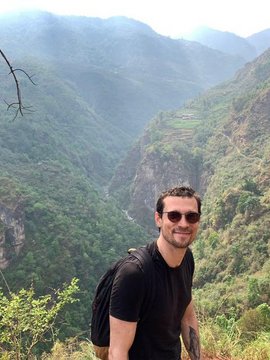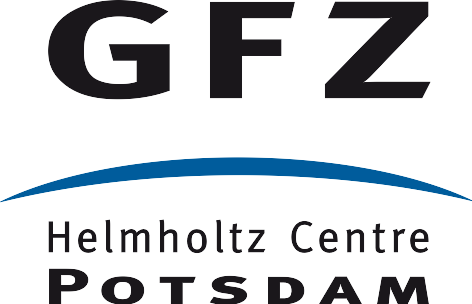Dr. Luc Illien

Building
F,
Room
423 (Büro)
Telegrafenberg
14473
Potsdam
Function and Responsibilities:
Project Manager and Research Scientist for the European Horizon MSCA Doctoral Network EnvSeis (https://www.envseis.eu/)
Research Interests:
- The impact of earthquakes on the mechanical properties of the shallow subsurface (Non-linear Elasticity and Slow Dynamics)
- Groundwater dynamics and recharge in steep landscapes
- ... and any interactions between these subjects !
My current focus consists in estimating and constraining seismic velocity evolution in various systems and tackle these subjects:
For more information about me: lucillien.com
Career:
Since September 2022: Project manager and scientist for the European Horizon Doctoral Network EnvSeis
2018 - 2022: PhD Student at the German Research Center for Geosciences (GFZ) under the supervision of Prof. Niels Hovius (Section 4.6 Geomorphology) and Dr. Christoph Sens-Schönfelder (Section 2.4 Seismology)
Research Assistant/Intern positions :
University College London (January 2018 - June 2018), Seismological Laboratory
University College London (January 2017 - August 2017), Seismological Laboratory
GFZ Potsdam (March 2016 - December 2016), Geomorphology Section
Geosciences Rennes (Summer 2015), Quantitative Geomorphology Team
Education:
2023: PhD in Geophysics, GFZ Potsdam And Uni. Potsdam
2018: M. Sc. in Geophysics (Solid Earth Speciality), Institut Physique du Globe de Paris (IPGP).
2018: Graduate Diploma in Geosciences from Ecole Normale Superieure de Paris (ENS Paris).
2015: B. Sc. in Earth Sciences, Ecole Normale Superieure de Paris (ENS Paris).
Projects:
I am currently coordinating the MSCA Envseis doctoral network
My PhD project was CauSE (Constraining Seismic Velocity Evolution in the Critical Zone)
I was also part of the PRESSurE project (Perturbations of Earth Surface Processes by Large Earthquakes)


